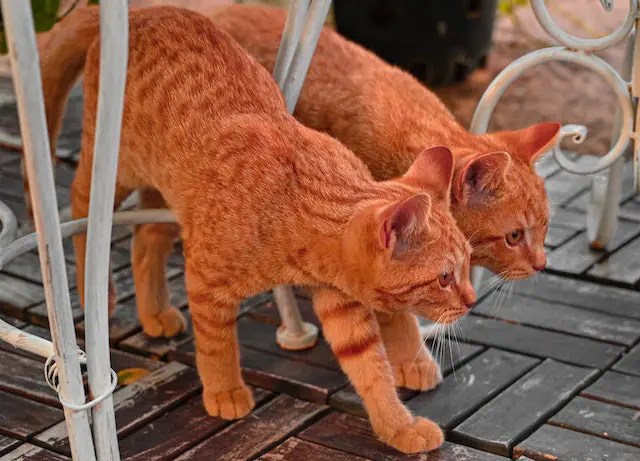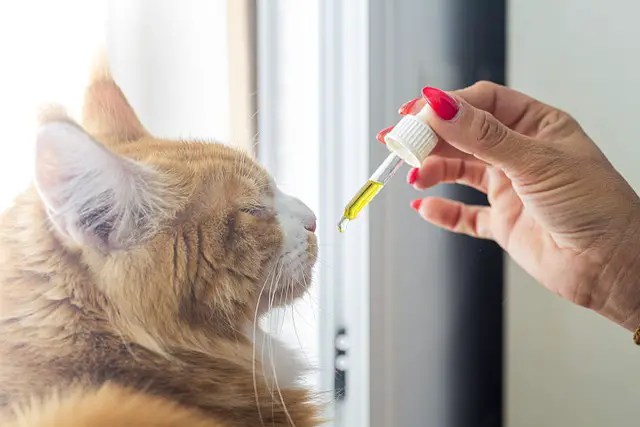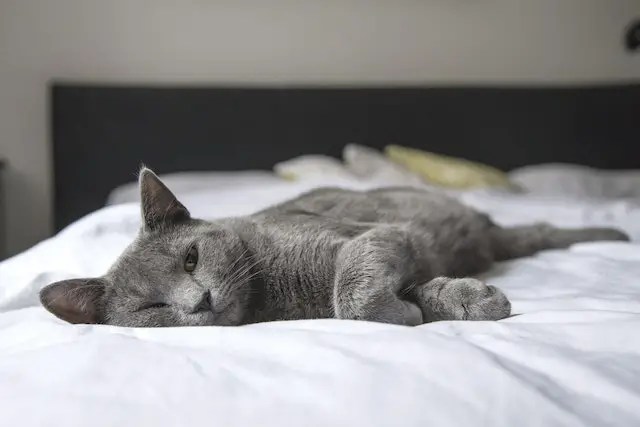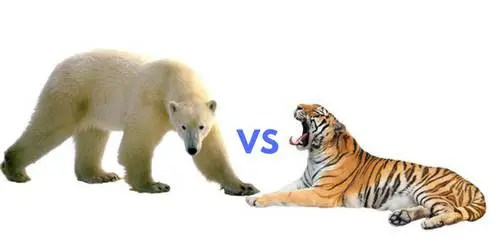Bears are remarkable examples of dietary adaptability in the animal kingdom. As opportunistic omnivores, they have evolved to take full advantage of the changing resources in their environment, consuming more plant matter than meat throughout much of the year. Their ancestors were likely low-protein omnivores, and modern bears continue to reflect that heritage. With a diet that spans everything from leaves, roots, and berries to insects, fish, and fresh or decaying meat, bears are equipped with strong jaws, flexible digestive systems, and the instinct to shift with the seasons.
What sets bears apart is not just what they eat, but how they adapt. From the herbivorous giant panda, which lives almost entirely on bamboo, to the primarily meat-eating polar bear, each species shows how dietary flexibility supports survival. Asiatic black bears in Taiwan, for example, gorge on acorns when they’re in abundance, then turn to hunting ungulates when other resources dwindle.
This seasonal shift is not accidental—it’s strategic. Bears make nutritional decisions based on availability, exerting minimal energy for maximum intake. Their success lies not in specialization, but in their ability to pivot. They consume what the environment provides, when it provides it. In doing so, they model a kind of resilience that has allowed them to thrive in ecosystems as varied as Arctic coastlines, mountain forests, and tropical lowlands.
Understanding bears through the lens of their diet reveals a powerful story of survival, evolution, and environmental intelligence. They aren’t just large mammals roaming the wild—they’re finely tuned to the rhythms of nature. Their ability to adjust and diversify their diet is not only a trait of strength, but a key reason they’ve endured across millennia. In a world where adaptability defines survival, bears are a masterclass in ecological strategy.
What Do Bears Eat in their Habitat?
Why Bears Are Master Foragers: Nature’s Smartest Opportunists
Bears are far more than powerful predators—they are intelligent foragers, fine-tuned to maximize nutrition with minimal energy waste. Their feeding strategies are not random; they are calculated, learned, and adapted over time to suit their changing environments.
Here’s how bears show incredible efficiency in foraging:
- Nutritional Timing: Bears instinctively seek plants at their most digestible and nutritious stages. They avoid mature grasses and leaves, which are fibrous and harder to process. In northern climates, this leads to a seasonal shift—grazing and browsing are more common in early spring when young shoots are abundant.
- Learned Behavior: Knowing when and where to forage is a skill passed from one generation to the next. Bears learn to identify when berries ripen or when certain plants are most beneficial, making their feeding patterns both instinctive and learned.
- Berry Foraging Tactics: When berries are in season, bears optimize their intake by minimizing foliage consumption. Whether climbing trees or combing through dense bushes, they prioritize high-calorie, ripe fruit that fuels their pre-hibernation needs.
- Autumn Behavior Shifts: In the fall, many bears consume fermented fruits. These can alter behavior due to the mild alcohol content, affecting movement and feeding patterns as bears instinctively prepare for winter.
- Tree Climbing for Mast: Smaller bears are agile climbers, scaling trees for mast—nutritious elements like acorns. These food sources are critical, and in years of mast failure, bears will travel long distances in search of replacements.
- Digging and Root Foraging: Brown bears use their immense strength to dig for roots—high in energy and available even in tougher seasons.
- Specialized Diets: The giant panda feeds almost exclusively on bamboo. Though it consumes over 30 species, it prefers the more nutritious leaves over the tough stems, which it can still crush easily thanks to powerful jaws. The spectacled bear’s diet can consist of up to 50% bromeliads, which it tears open with its strong bite.
Bears are not just opportunistic—they are strategic. Their ability to time, locate, and process a wide variety of food sources speaks to an evolutionary brilliance that ensures survival through changing seasons and shifting landscapes. Their diet isn’t just about sustenance—it’s about mastery of their environment.
Here’s what makes their feeding behavior so compelling:
- Sloth Bear’s Insect Diet:
The sloth bear, unlike its more specialized relatives like polar bears and pandas, has evolved for insect foraging. It’s lost several front teeth common in other bear species and developed a long, vacuum-like tongue that efficiently sucks up ants, termites, and burrowing insects. At peak seasons, these insects can account for up to 90% of their diet. That’s not survival—it’s specialization redefined for flexibility. - Sweet Tooth in Urban Settings:
In areas near tourist activity, some sloth bears have been drawn to sugary garbage. Their sense of smell and willingness to scavenge has led to new behavioral patterns—some even becoming hooked on sweets from waste left behind by humans. - Raiding Beehives Despite the Pain:
Some bears take remarkable risks for food. Raiding wasp and bee nests for honey and immature insects involves enduring painful stings. Yet the reward outweighs the cost, and their persistence shows how driven they are to secure energy-rich meals. - Sun Bears and Their Precision Tongues:
Sun bears, the smallest bear species, are also skilled insectivores. Their long, narrow tongues allow them to access honey and insects in tight crevices. They are methodical feeders, using their size and agility to reach food many larger animals can’t. - The Salmon Feast:
Brown bears are famous for their fishing expertise. During salmon runs, rivers become hunting grounds. Bears position themselves at key points, striking with precision to grab fish mid-leap or with quick plunges. Interestingly, they often consume the richest parts—brains and eggs—leaving the rest. - Digging for Burrowing Mammals:
Rodents and other small mammals are also on the menu. Bears use their strength and keen sense of smell to locate and dig out these hidden sources of protein.
Bears succeed because they don’t rely on one strategy—they adapt, innovate, and learn. Whether deep in forests, near rivers, or even on the edge of human towns, their diets reflect intelligence, persistence, and fearless adaptability. Their feeding behavior is not only fascinating—it’s a clear testament to their evolutionary resilience.



 Polar Bear vs Tiger Size Comparison
Polar Bear vs Tiger Size Comparison